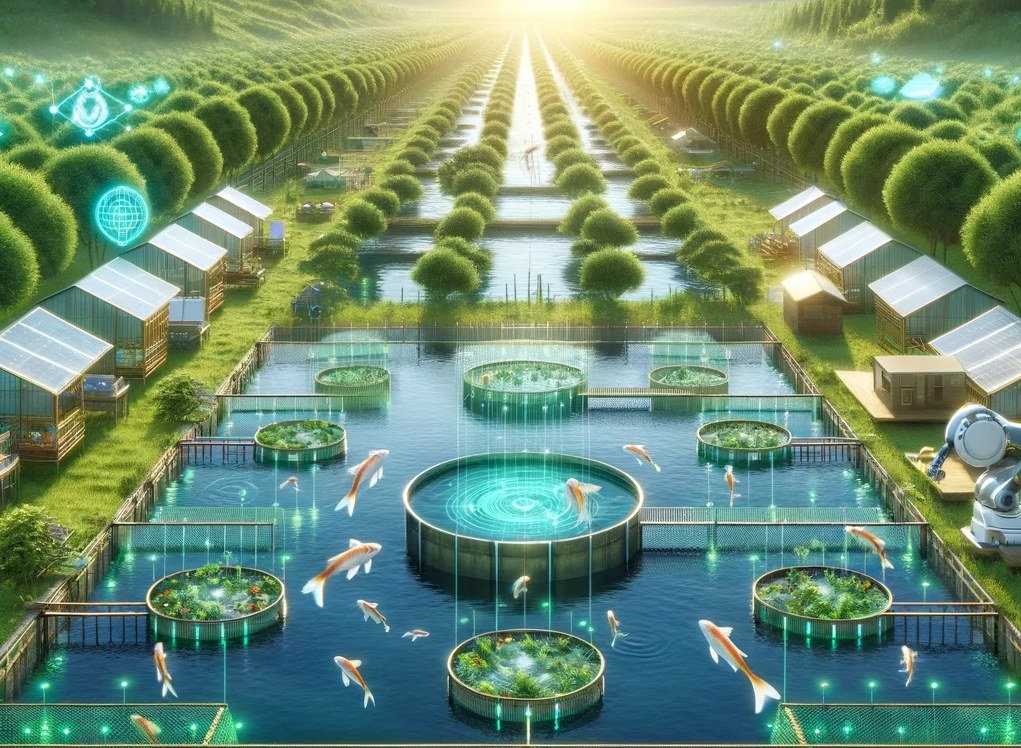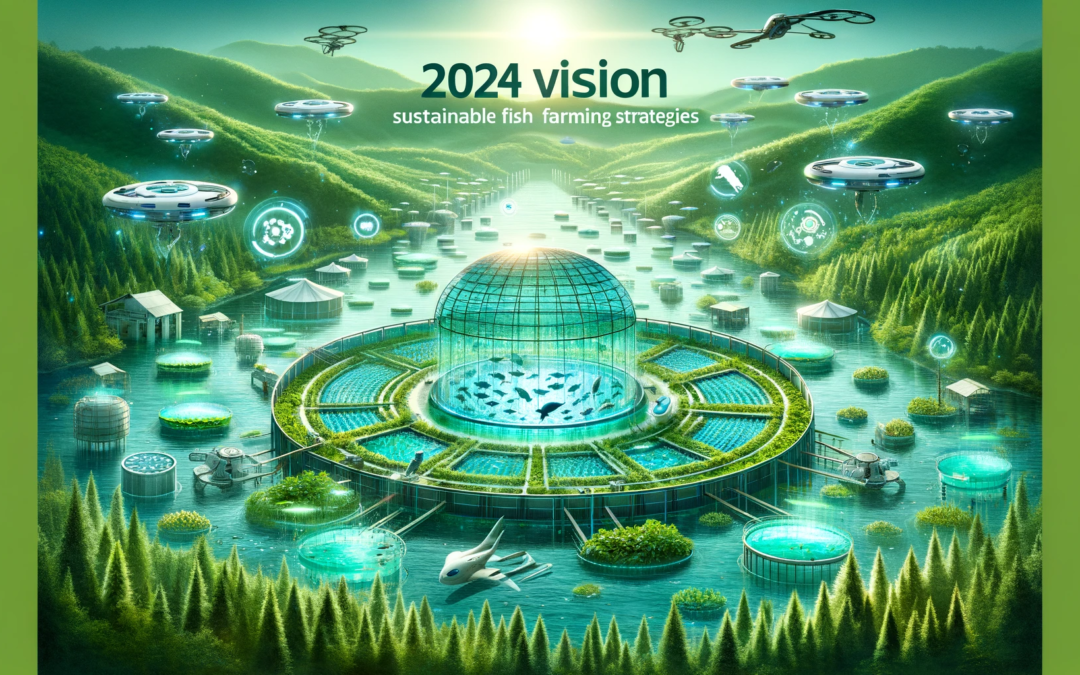As we navigate through 2024, the demand for seafood continues to rise, bringing with it an increased focus on sustainable aquaculture. The world’s appetite for fish, a key source of animal protein, is growing, and aquaculture, or fish farming, has expanded rapidly to meet this demand. But as we face this surge, the question arises: Can aquaculture grow sustainably? Let’s dive into the significant trends and practices shaping sustainable fish farming today.
Technological Innovation: The Game Changer
Innovation is at the heart of sustainable aquaculture. The industry, still in its infancy compared to traditional agriculture, is ripe for technological advancements. Breakthroughs in breeding technology, disease control, and low-impact production systems are driving efficiency. For example, Vietnam’s catfish industry witnessed a production boom thanks to technological advancements in breeding and feed quality. Similarly, leveraging information technology like AI and remote sensing is revolutionizing farm operations, aiding in everything from optimizing feed to managing diseases more effectively.
Spatial Planning: Beyond the Farm
Sustainable fish farming isn’t just about individual farms; it’s also about the collective impact on the environment. Spatial planning and zoning can ensure that farms operate within the ecosystem’s capacity, reducing conflicts over resource use and mitigating environmental impacts. Countries like Norway are leading by example, with zoning laws that prevent the overconcentration of salmon producers.

Incentivizing Sustainability
Governments and private entities are increasingly recognizing the importance of incentivizing sustainable practices. Thailand’s government, for example, provides benefits to shrimp farmers who operate within legal parameters, including access to training and improved technology. These incentives are crucial for encouraging sustainable practices and boosting productivity.
Sustainable Farm Design: A Crucial Element
An often overlooked aspect of sustainable fish farming is the design and layout of farms. Traditional fish farms often release untreated wastewater into the environment, posing risks to both the ecosystem and human health. Modern designs incorporate water treatment and reuse, significantly reducing environmental impact. Biofloc systems, for instance, convert waste into fish feed, reducing pollution and cutting feed costs.
Responsible Feeding: A Pillar of Sustainable Fish Farming
Feeding practices play a vital role in sustainable aquaculture. The use of high-quality feed designed for specific fish species not only reduces pollution but also improves fish health and growth rates. Good feeding practices are essential for maintaining optimal water quality and ensuring the health of farmed fish.
The Path Forward
As we look towards a sustainable future in fish farming, it’s clear that a combination of technological advancements, responsible practices, and strategic policy interventions is key. These approaches not only aim to minimize the environmental impact of aquaculture but also enhance its efficiency and productivity. With these practices in place, the industry is well-positioned to grow sustainably, meeting the rising global demand for seafood while protecting our precious ecosystems.
In conclusion, the future of sustainable fish farming in 2024 and beyond is bright, but it requires a concerted effort from all stakeholders. By embracing technological innovation, effective spatial planning, incentivizing sustainable practices, and adopting responsible farm design and feeding practices, we can ensure that aquaculture continues to provide a vital source of nutrition without compromising our environmental values.
Join the Wave of Change: Take Action for Sustainable Fish Farming
As we continue to explore and implement sustainable fish farming practices, each of us must play a role in this transformative journey. Whether you’re an aquaculture enthusiast, a seasoned farmer, or a concerned citizen, your involvement can make a significant difference. Here’s how you can take action:
- Educate Yourself and Others: Knowledge is power. Learn more about sustainable aquaculture practices and share this knowledge with your community. Awareness is the first step toward change.
- Support Sustainable Practices: Choose to buy seafood from sources that prioritize sustainability. Look for certifications like those from the Global Aquaculture Alliance’s Best Aquaculture Practices or the Aquaculture Stewardship Council.
- Advocate for Policy Changes: Engage with policymakers and stakeholders to advocate for regulations and policies that support sustainable fish farming.
- Consider a Career in Aquaculture: If you’re passionate about the environment and sustainable practices, consider pursuing a career in this field. Your contributions could lead to significant advancements in the industry.
- Join Online Forums and Communities: Become part of online communities that focus on sustainable aquaculture. This is a great way to stay informed, share experiences, and connect with like-minded individuals.
- Volunteer or Collaborate: Look for opportunities to volunteer with organizations working towards sustainable aquaculture, or collaborate with professionals in the field to contribute to ongoing research and projects.
Every effort counts in our collective quest to ensure a sustainable future for aquaculture. Let’s work together to create a world where we can enjoy the bounties of the sea without compromising the health of our planet.



